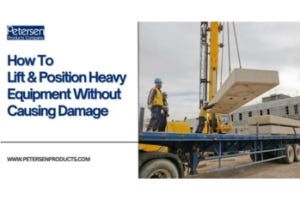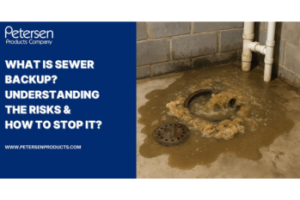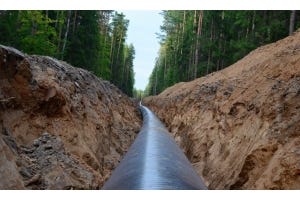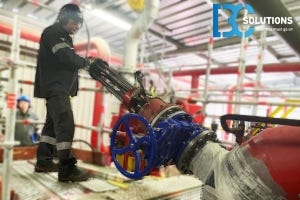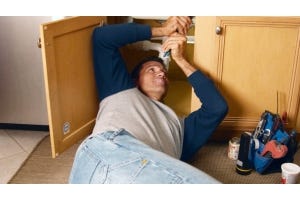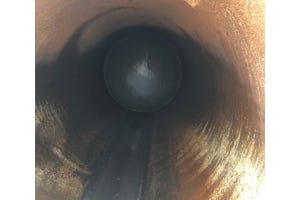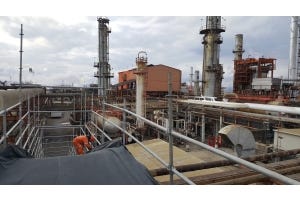What is Sewer Backup? Understanding the Risks and How to Stop It

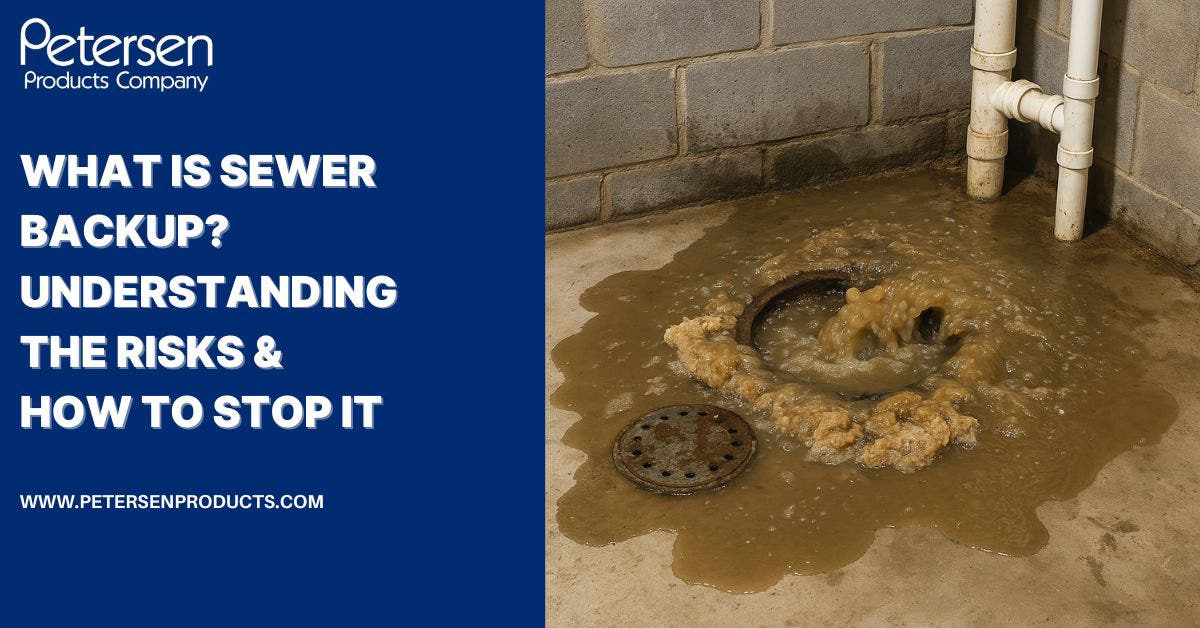
Sewer backup can happen when wastewater does not flow through a sewer line but backs up into the home. The damage can be severe; foul smells and health issues may become major concerns. When sewage enters a living space, it contaminates walls, floors as well as furniture which is then a total repair and sanitation measure. If things get really bad, a residential sewer backup could make a home impossible to live in for a while.
Clogged pipes, roots from trees, and heavy rain may all cause sewer backing. Homeowners who overlook early signs may end up with expensive damages and emergency plumbing repairs. Consistent maintenance and preventive initiatives can save homeowners from these disasters.
What is Sewer Backup?
Sewer backups occur when wastewater cannot flow through the sewer system, forcing it to reverse direction and enter the home via drains, toilets, or floor drains. If not treated promptly, this issue can result in property damage, health risks, and costly repairs.
Backups occur when something blocks the normal flow of wastewater. This can be caused by clogged pipes, tree root infiltration, or overloaded municipal sewer systems during severe rainfall. When a sewage line becomes blocked, wastewater has nowhere to go but back into a home's or business's plumbing system.
What Causes Sewer Line Backup?
A sewer backup occurs when wastewater fails to flow properly, resulting in overflows and damage. This can be caused by blockages, structural flaws, or external influences such as the weather. Early detection of the problem can help to avoid costly repairs and health risks.
- Clogged Pipes - Grease, wipes, and debris build, reducing water flow. These clogs can be cleared with drain cleaning tools.
- Tree Root Infiltration - Roots grow into sewer pipes through little fractures, eventually causing significant blockages.
- Aging or Damaged Pipes - Corrosion, shifting soil, and collapsed pipes damage sewer systems, resulting in leaks or failure. Pipe isolation tools might be useful in repair operations.
- Heavy Rain and System Overload - Excess stormwater overflows municipal sewers, forcing wastewater back into residences.
- Improper Connections - Sump pumps or downspouts draining into sewer lines put unnecessary stress on the system.
Regular inspections and preventive maintenance can reduce the chance of sewer backups.
6 Signs of Sewer Backup
Recognizing the initial signs of a sewer backup can help you avoid costly damage and health risks. A clogged or failing sewage line can cause major plumbing problems, but early detection allows for prompt repairs.
- Slow drains - Water drains slowly from sinks, bathtubs, or showers, usually indicating a partial obstruction.
- Gurgling sounds - Bubbling or gurgling noises from toilets or drains indicate trapped air in the sewer system.
- Persistent sewage odors - A strong, foul smell within the home or near drains could indicate waste buildup in the pipes.
- Water backups - Wastewater rising from sinks, tubs, toilets, or floor drains indicates a clogged sewage line.
- Multiple drain clogs - If many fixtures clog at the same time, the main sewage system may become clogged.
- Lawn changes - Unusually lush grass, damp spots, or standing water in the yard may indicate a leaking or broken sewer line.
Ignoring these symptoms can result in a complete sewer line backup, causing significant damage.
How to Prevent Your Sewer Line from Backing Up?
Sewer backup prevention starts with proactive maintenance and the right equipment. By keeping your drainage system clean and properly managed, you can avoid costly and hazardous sewer blockages.
-
Routine Drain Maintenance
- By using drain cleaning equipment on a regular basis, you can keep grease, debris, and foreign items out of your pipes. -
Use Professional-Grade Drain Clearing Tools
- High-pressure water cleaning equipment, such as drain flushers, remove buildup, while inflatable pipe plugs isolate lines temporarily for maintenance or testing purposes. -
Install a Sewer Backflow Preventer
- This device keeps sewage from leaking back into your home during system overloads. -
Control Tree Root Growth
- Use root barriers or treatments to keep roots from intruding sewage systems.
Proper maintenance and preventative actions reduce the chance of sewer line backups and increase the longevity of your plumbing system.
What to Do If Your Sewer Line is Backed Up?
A sewer backup requires prompt attention to avoid more damage and health risks. Follow the following steps to handle the situation:
-
Stop Water Usage
- Turn off all water sources to avoid further wastewater overflow. -
Inspect Drains and Look for Standing Water
- Inspect sinks, tubs, and floor drains for backups or poor drainage. -
Isolate the Problem Area
- Use test plugs to block and inspect specific sections of your plumbing system. -
Avoid DIY Chemical Solutions
- Chemical cleaners can damage pipes and may not be effective in removing big clogs. -
Call a Professional
- If multiple drains are clogged or flooding occurs, call a plumber for a thorough inspection and repairs.
Conclusion
Preventing sewer backups requires proactive maintenance and the proper tools. Regular drain cleaning, root control, and backflow prevention devices can help protect your house from costly damage.
Drain flushers, inflatable pipe plugs, and test plugs are reliable options for clearing blockages, isolating problem areas, and keeping a sewer system functional. Investing in adequate maintenance reduces the chance of backups and ensures long-term plumbing efficiency.
Disclaimer: The information may be used but with no warranty or liability. This information is believed to be correct but should always be double checked with alternative sources. Strictly adhere to and follow all applicable national and local regulations and practices.
Regardless of these comments, it is always necessary to read and understand manufactures instructions and local regulations prior to using any item.




